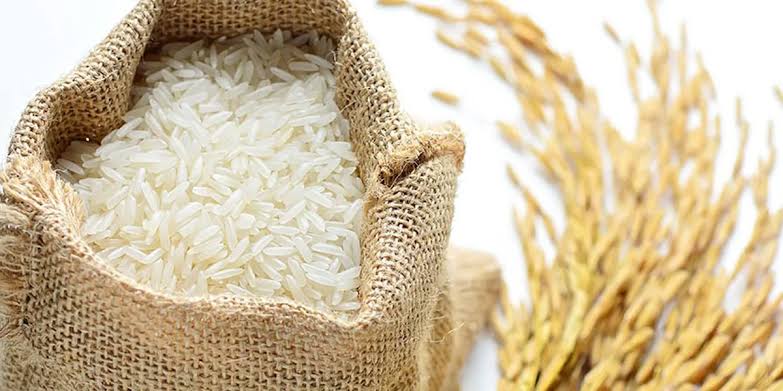Kenyans may unknowingly be consuming toxic rice, exposing themselves to severe health risks.
Reports indicate that approximately 2 million kilograms of rice, declared unfit for human consumption, have entered the local market.
Read More: Simon Kabu’s Actions at End-of-Year Party Spark Speculation Among Fans
Aflatoxin Levels Exceed Safety Limits
A report by Citizen TV revealed that the rice, imported from Pakistan between September and October, failed mandatory aflatoxin tests.
Laboratory tests showed the rice contained aflatoxin levels of 11.54 parts per kilogram—more than double the safe limit of 5.0 parts per kilogram.
Despite the Kenya Bureau of Standards (KEBS) declaring the rice unsafe, only a fraction was intercepted before it reached consumers.
Contaminated Rice Floods Kenyan Markets

The tainted shipment, imported by Gama Food Traders Ltd, consisted of 83,200 bags transported through the Indian Ocean to the Port of Mombasa.
Shipping records show the first batch left Pakistan on September 29, followed by another on Mashujaa Day.
Once in Mombasa, 2,080 tonnes of the rice were moved to Nairobi without the required certificates of conformity.
KEBS market surveillance officers managed to confiscate only 23 tonnes of the contaminated rice, leaving over 2,057 tonnes to circulate in Kenyan markets.
Tests conducted on the seized rice confirmed dangerously high levels of aflatoxin.
Ineffective Recall Efforts
Efforts by KEBS to recall the unsafe rice have been largely unsuccessful.
Surveillance teams have recovered only 5,300 kilograms of polla biryani rice and 6,000 kilograms of kuku biryani rice, leaving the bulk of the contaminated stock in circulation.
Increased Risk During the Festive Season

The festive season is expected to drive up demand for rice as families prepare traditional meals.
This increased consumption raises concerns that more Kenyans may unknowingly consume the toxic rice, worsening the potential health crisis.





